Christopher Nolan’s Oppenheimer showed quite a bit of the impact left by the man who proclaimed, “I am become Death, destroyer of worlds,” but it certainly didn’t show all of it. For one thing, the film left out the cause of J. Robert Oppenheimer’s own death, as well as the mass death that his invention wrought. For a war film, Oppenheimer is surprisingly devoid of scenes of war. There is hardly any focus on the fighting that went on in Europe during World War II, and more importantly, the film is entirely devoid of footage focusing on the actual deployment of the atomic bomb in Hiroshima and Nagasaki.
I’m sure you’ve seen the movie, but if you haven’t, spoiler alert.
Oppenheimer only hears about the dropping of the atomic bomb on Japan over the radio, at the same time that the rest of the world is hearing about it. According to Christopher Nolan, the choice to not include scenes of the actual devastation caused by the bomb was entirely deliberate. After reading American Prometheus, the Pulitzer Prize-winning biography upon which the film is based, Nolan said it was a “shock” to discover that Oppenheimer was not informed of the weapon’s intended usage until it was too late. “Everything is his experience, or my interpretation of his experience,” said Nolan about the film. “As I keep reminding everyone, it’s not a documentary. It is an interpretation. That’s my job.” As a result, we see the same devastation caused by the dropping of the bomb as he does, which is to say, none at all.
But the bomb did devastate. According to the Bulletin of the Atomic Scientists, over 110,000 Japanese people we killed in the bombings, which occurred just days apart. Thousands upon thousands more suffered long-term illnesses caused by the atomic bombs’ radioactive pollutants. While Oppenheimer is not the film to watch if one wishes to see the true toll of the attacks on Hiroshima and Nagasaki, there are many Japanese films that show the tragedy in full color.
In This Corner of the World
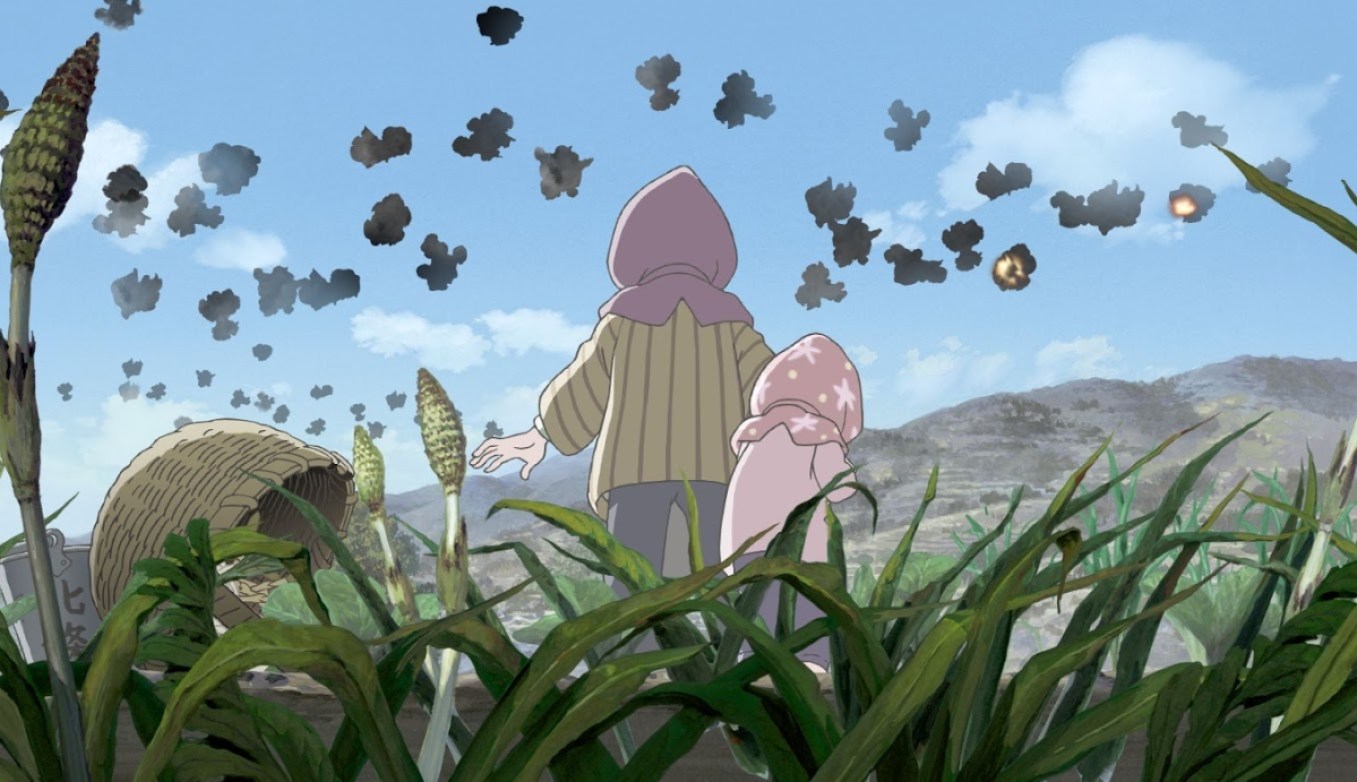
Set in the 1930s and ’40s, Sunao Katabuchi’s In This Corner of the World is an animated film that focuses on an aspiring young artist named Suzu. The film portrays Suzu’s life with her family in wartime Hiroshima, highlighting the daily struggles that civilians faced while the war raged in the Pacific. While Suzu manages to support her family through her talent and ingenuity, her efforts prove all for naught as her loved ones are destroyed in a blaze of nuclear fire. After surviving the bomb and losing her right hand (the hand she used to create her art), Suzu struggles to continue living in the post-atomic landscape of a devastated Japan.
Rhapsody in August
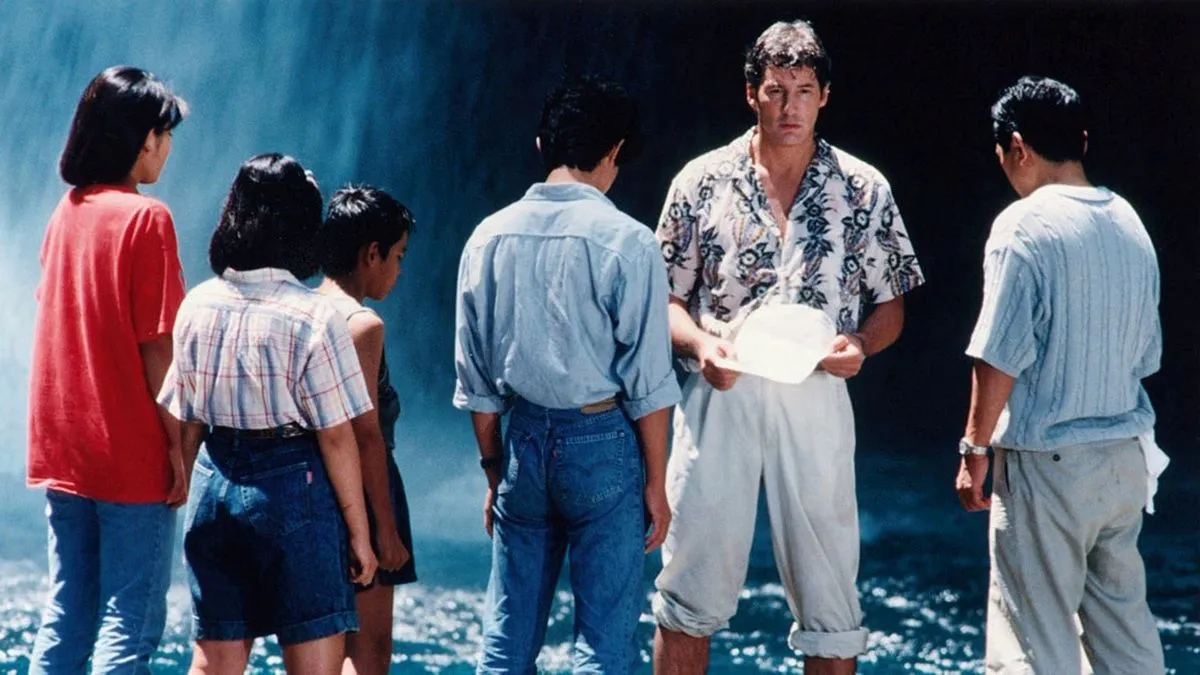
Akira Kurosawa’s Rhapsody In August is based on the short story “Nabe no naka” (“The Grandmother’s Miso Soup”) by Kiyoko Murata. The film revolves around three generations of a Japanese family, each of whom must deal with the legacy of the U.S. government’s bombing of Nagasaki. The family’s matriarch Kane is a hibakusha, a “survivor of the bomb,” who continues to live in Nagasaki after losing her husband in the attack. Her grandchildren who were born in the United States come to visit her on the anniversary of the bomb’s deployment, but they struggle to understand its true effects as they have lost touch with their Japanese heritage. According to Kurosawa, the thesis of the film is that “war was between governments, not people,” yet it is everyday people who will carry the weight of the war for generations to come.
Black Rain
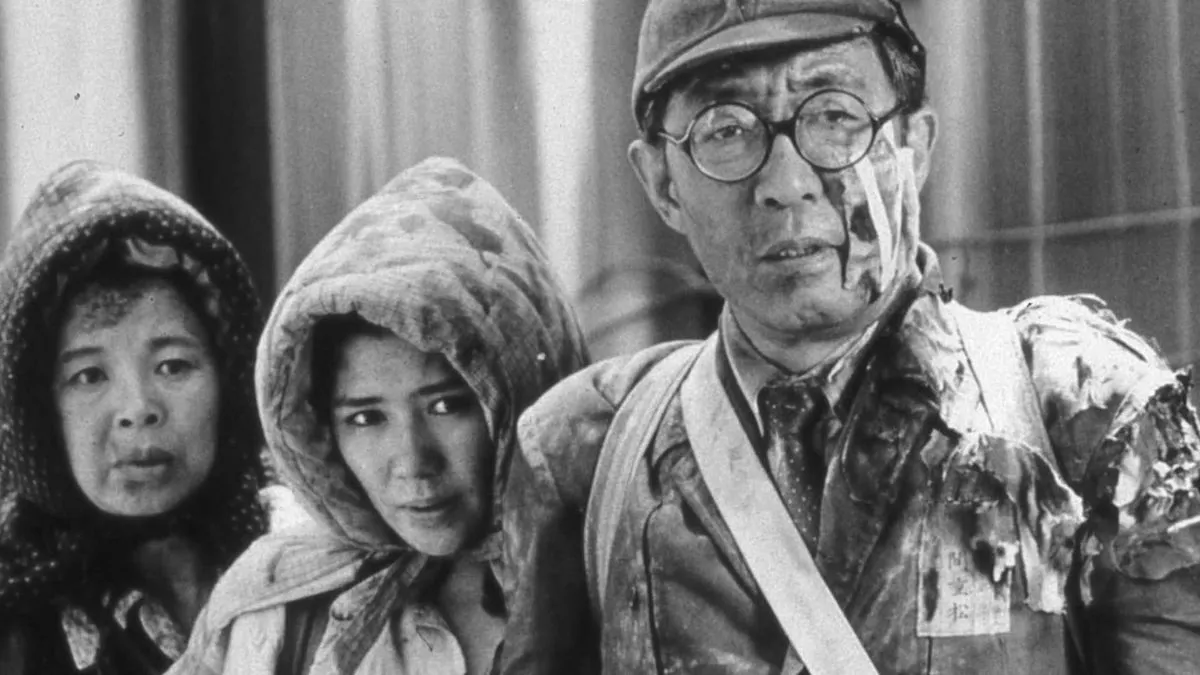
Based on the novel of the same name by Masuji Ibuse, Shohei Imamura’s Black Rain paints a dark picture of the effect of the atomic bomb across Japanese society. The film centers on Shigematsu Shizuma, his wife Shigeko, and the half-orphan named Yasuko who is in their care. After the bombing, the three were exposed to the “black rain” that fell. The term refers to the nuclear fallout that polluted the atmosphere after the bombs were dropped, and people who were exposed to it faced both health problems and social stigmatization. As Yasuko approaches marrying age, she is passed over by potential suitors who fear that her exposure to radiation will render her unable to start a family. Black Rain is an unflinchingly bleak look at the long-term consequences of the atomic explosion faced by those who were lucky enough to survive the initial blast.
Barefoot Gen
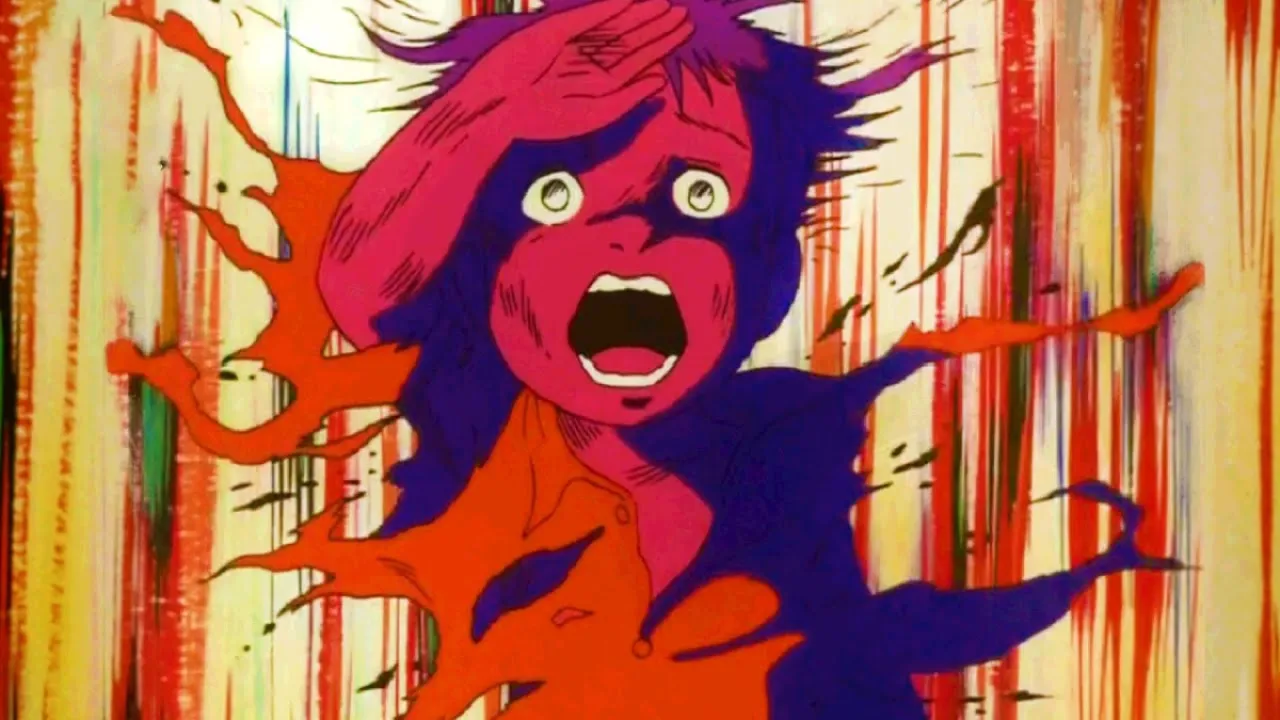
Barefoot Gen was written by Keiji Nakazawa, a survivor of the atomic bombing of Hiroshima. Nakazawa witnessed the death of loved ones firsthand in the atomic explosion, and many more in the immediate aftermath. He went on to draw from his experiences in his work as a filmmaker. Barefoot Gen is the story of a young boy named Gen who witnesses his family members obliterated in the atomic blast. He then struggles to survive in the ruins of Hiroshima. While Barefoot Gen is not a horror film in the traditional sense, it is widely regarded as one of the most disturbing animated films ever made.
Hiroshima
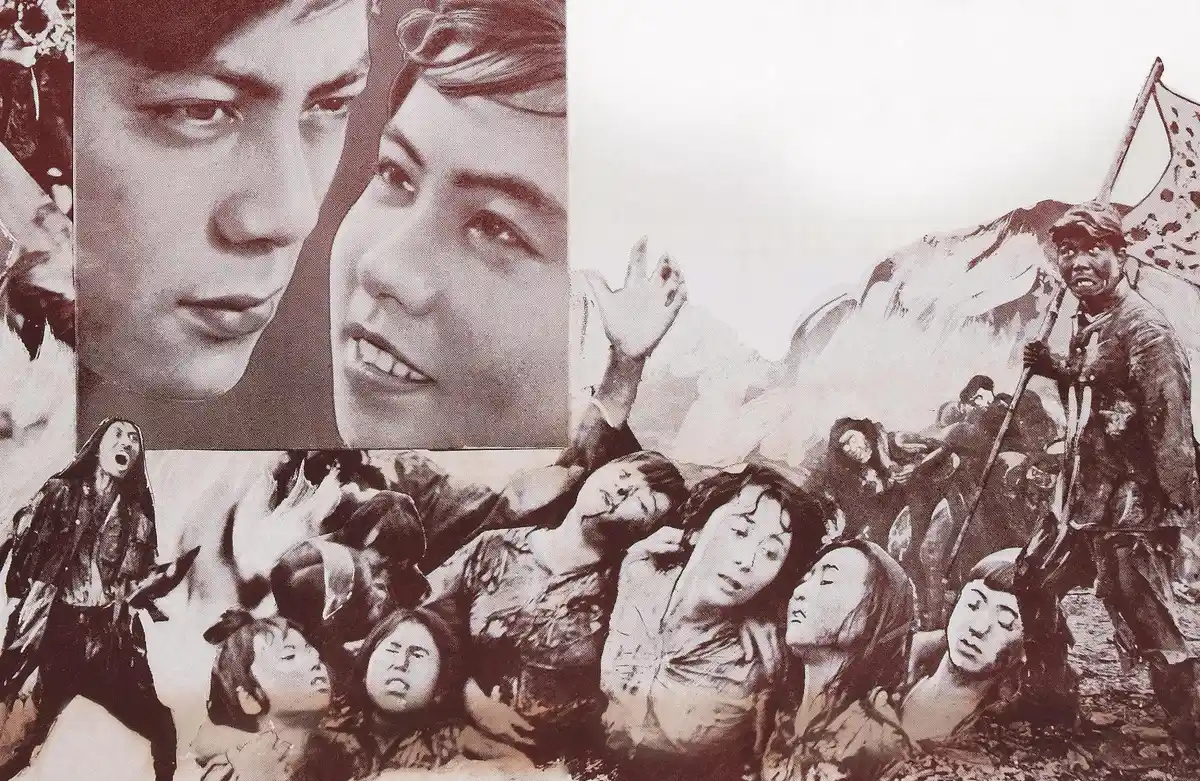
Hideo Sekigawa’s Hiroshima is a docudrama about the short- and long-term effects of the atomic bomb. The film focuses on a group of teachers, their students, and their families in the years following the bombings, and the physical, financial, and social troubles they face. Children are the primary focus of the narrative, as one particularly painful scene depicts a classroom of students—a third of whom are suffering from leukemia caused by radiation sickness—listening to a radio broadcast about the bombings.
Children of Hiroshima
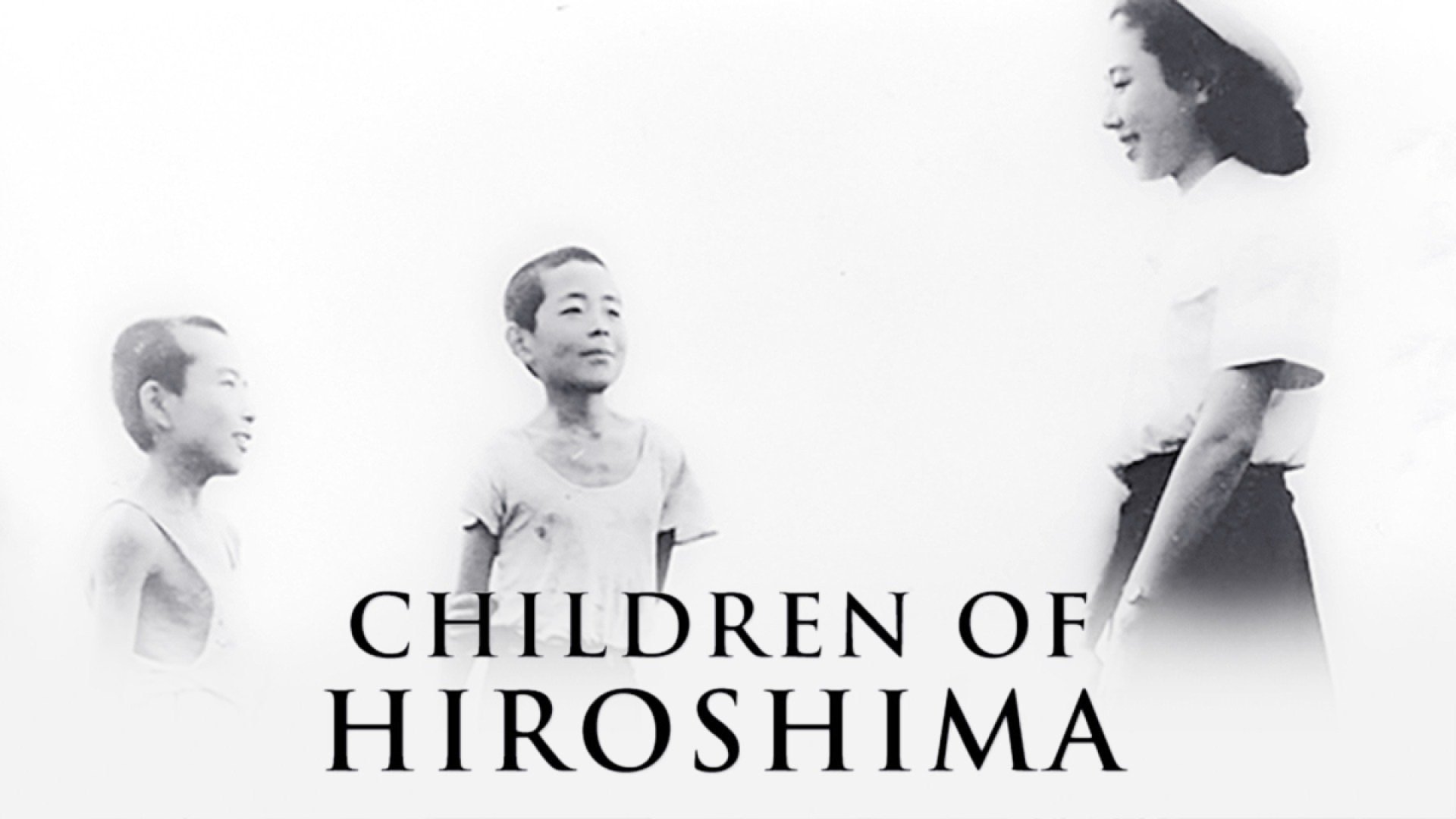
Kaneto Shindo’s Children of Hiroshima (also known as Children of the Atomic Bomb) was commissioned by the Japanese Teachers Union and based on testimonials from Children of the A Bomb: Testament of the Boys and Girls of Hiroshima. The film’s main character, Takako Ishikawa, is a schoolteacher who lost her parents and her younger sister in the bombing. Six years after the attack, Takako returns to Hiroshima and visits her old friends who bear similar emotional scars due to the bomb’s effect.
Hiroshima, mon Amour
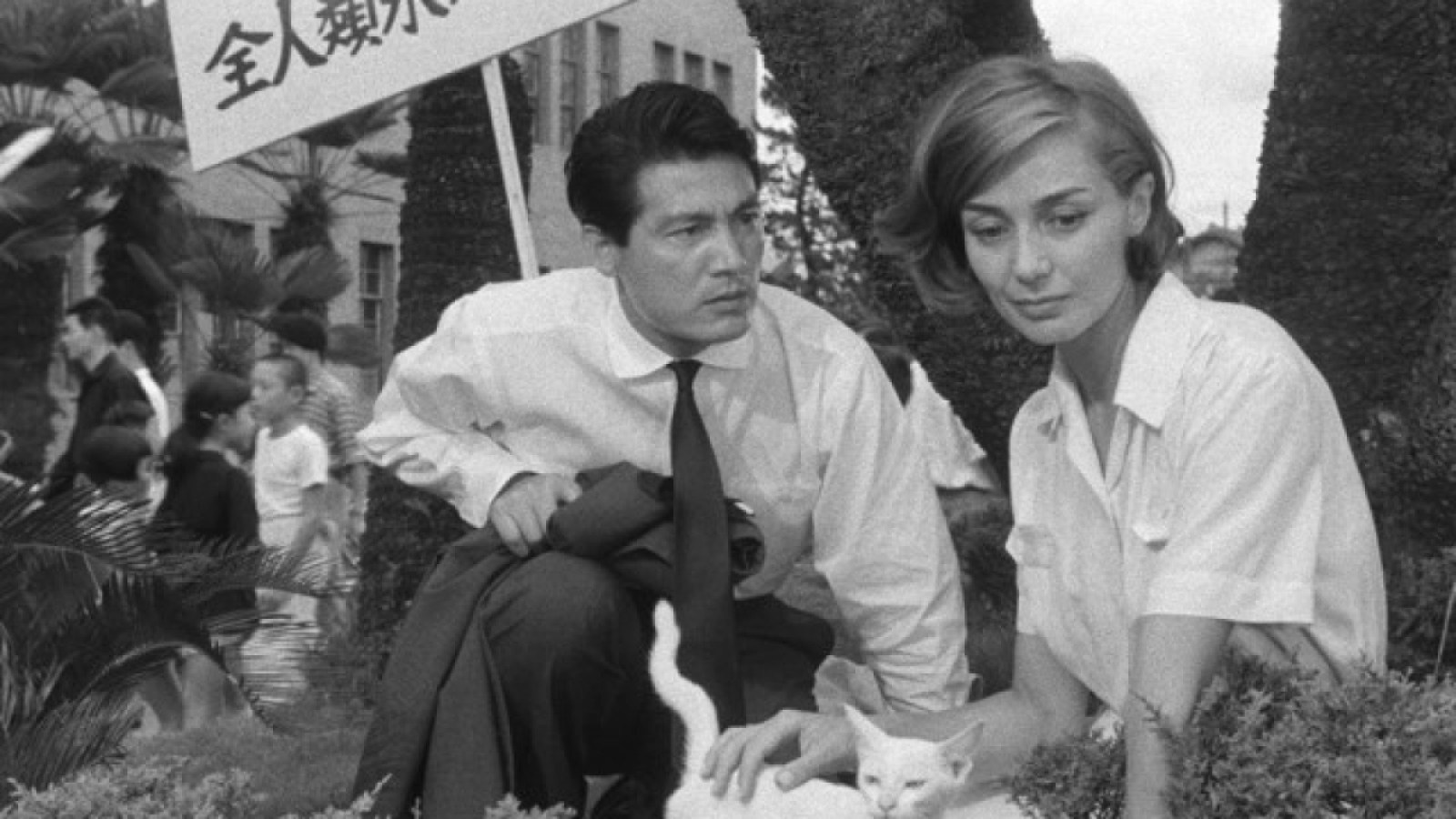
The 1959 romantic drama Hiroshima, mon Amour was directed by Alain Resnais, and is a co-production between France and Japan. The film centers around a series of intense conversations between an unnamed French actress and a Japanese architect in Hiroshima in the aftermath of World War II. The actress reveals the guilt she suffers due to a traumatic love affair with a German soldier, while the architect shares his own internal pain after having lost his entire family in Hiroshima while he served in the Japanese army. Hiroshima, mon Amour serves as a testament to the universal suffering caused by war, and the ability for love to survive amid the devastation.
(featured image: Discotek Media)



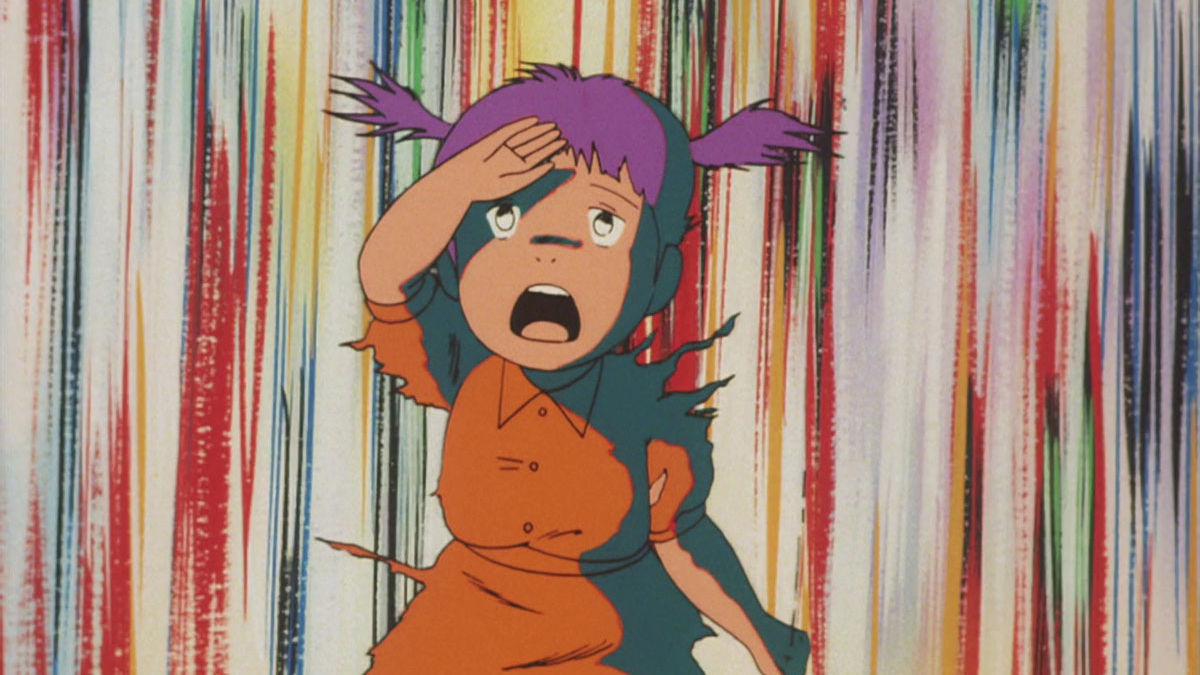






Published: Jul 26, 2023 06:04 pm